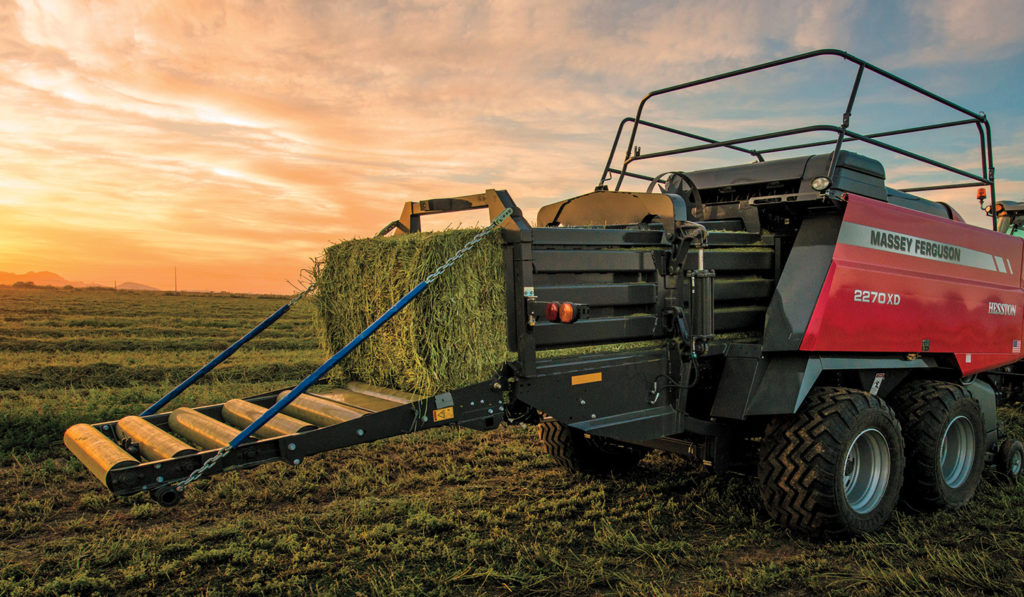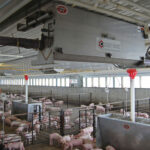Tips for Improving Hay Baling Quality
Through two generations of experience, this father/son team offers several baling tips that can improve hay quality and avoid surprises hiding in the windrow.

Tips for Improving Hay Baling Quality
Through two generations of experience, this father/son team offers several baling tips that can improve hay quality and avoid surprises hiding in the windrow.Peter Friesen and his son Franz “Frank” Friesen operate a custom hay baling business that puts up between 30,000 and 40,000 bales of alfalfa, wheat straw and miscellaneous forage per year.
In the new summer issue of AGCO BALE magazine, the Friesens offer several tips for hay quality and avoiding surprises, like Peter’s first piece of sage advice. That is to always use your boot, rather than your hand, to turn a windrow when checking for moisture prior to baling. You never know, he insists, when a rattlesnake may have crawled under the windrow to stay warm or get out of the sun.
The Friesens, who operate throughout southwest Kansas and northern Oklahoma, use two Hesston by Massey Ferguson® 2270XD balers pulled by a matching pair of Massey Ferguson® 7624 tractors. The combination, according to Franz, has been amazing. In fact, the tractor/baler combination has been one of the keys to bale quality, as the younger Friesen explains while sharing some of their tips on baling alfalfa.
“We try to keep the flake count consistent from one bale to another and the flake thickness consistent within ¾ inch from one flake to the next,” he says. “This not only results in a better-quality bale, but it helps with hauling and stacking later on, since all the bales share the same size and density.”
To manage flake size, the Friesens rely on bale length monitors they have installed on their balers. As an attachment to the star wheel on the bale chamber, it shows the size of each flake and the progression of each bale as it leaves the bale chamber.
Based on that information, the Friesens will increase or decrease ground speed, using the Dyna-VT™ continuously variable transmission (CVT) in their Massey Ferguson tractors, to precisely manage crop intake and, ultimately, flake size. Franz says they also like to adjust ground speed and crop intake so that one stroke of the baler plunger equals one bale flake.
Friesen and crew also watch the monitor for changes in bale weight. As each bale passes through the bale chute, the scales kit they installed on each baler provides an approximate weight.
“If we suddenly see the bale weight increase by 100 pounds or so, we know the moisture is coming on and we need to decrease the load setting on the plunger,” Franz explains. “Say, for example, we start off baling in the evening with the plunger set at 345 pounds, which gives us a 1,400-pound bale at 12 to 13% moisture,” he continues, noting that this is typically where they start with alfalfa. “Once we see the bales are getting heavier, we’ll back off on the plunger load to the point it might be 240 to 255 by the time we stop at 15 to 16%.”
See additional tips from the Friesens on making quality hay. Read BALE magazine online: Two Generations of Experience.
Written by: Tharran Gaines



